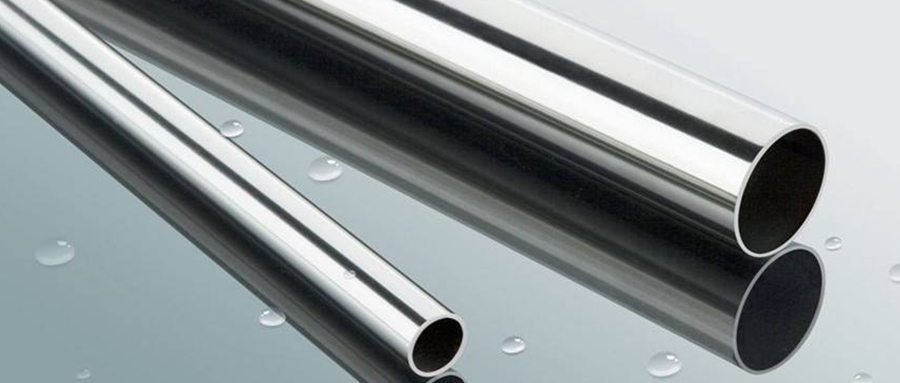Stainless steel light pipes and carbon steel pipes are why they cannot be stacked together.
2020-10-19 16:31:07
Jcc123
15
With the implementation of China's reform and opening-up policy, the national economy has achieved rapid growth, and a large number of urban housing, public buildings and tourist facilities have been built, which has put forward new requirements for hot water supply and domestic water use. In particular, water quality issues are getting more and more attention. The use of stainless steel shiny tubes and carbon steel pipes is also increasing.
Stainless steel light pipes and carbon steel tubes cannot be stacked together because carbon steel pipes and stainless steel light pipes are of different materials. In wet environment, carbon steel pipe and stainless steel light pipe stacked together, easy to produce chemical reactions, thereby destroying the protective layer of stainless steel light pipe, resulting in stainless steel light pipe rust.
When different steels are stacked together, a difference in the likely cause of electrochemical corrosion, especially in the case of water build-up, which accelerates the electrochemical corrosion rate between stainless steel light pipes and carbon steel pipes.
As with battery principles, chemical energy is converted directly into electrical energy through a redox reaction inside the battery. In order to prevent electrochemical corrosion and carbon seepage of stainless steel shin tubes, the two should not be stacked together.
However, at room temperature, when carbon steel comes into contact with stainless steel, it does not immediately seepage. Stainless steel light pipes will have pitting over time.


